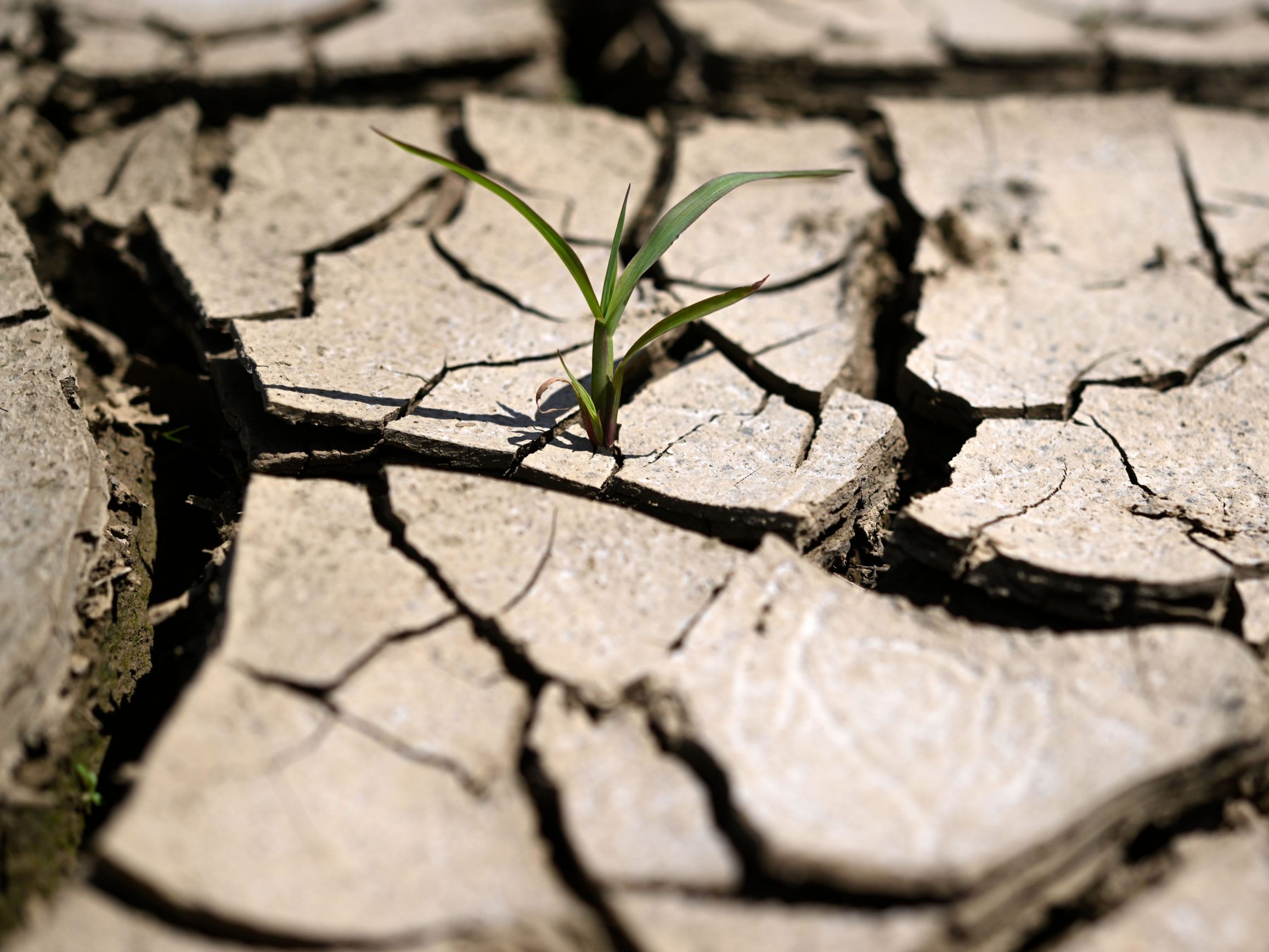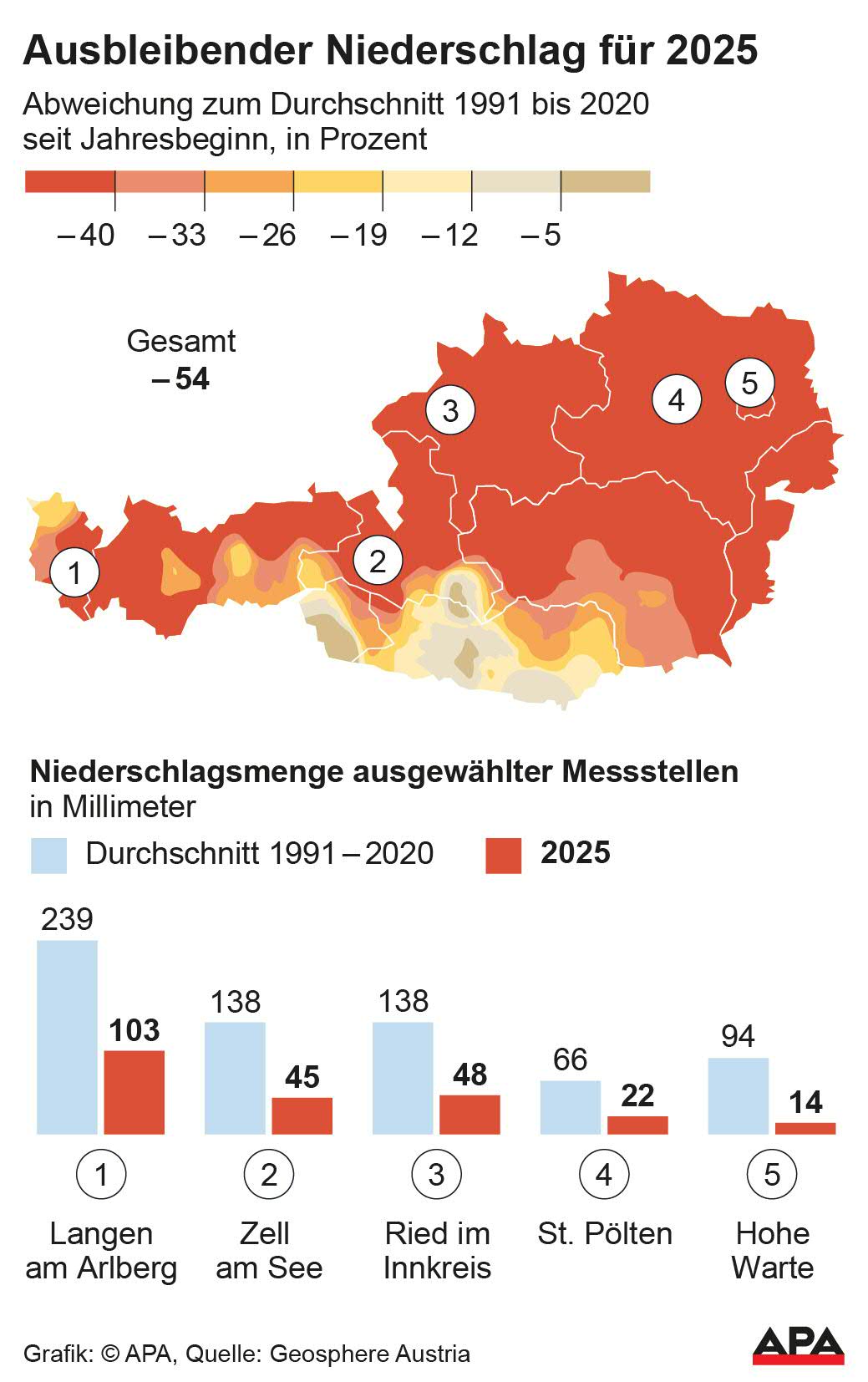```html
Precipitation Levels in Austria Dramatically Low
```

Unlike other meteorological phenomena, according to Klaus Haslinger, a climate researcher at Geosphere Austria, there is no clear definition for drought. An agricultural drought, for example, occurs when the soil no longer has enough water to adequately supply the plants. A hydrological drought, on the other hand, is only present when the levels of rivers, lakes, and groundwater fall below a critical level.
Very Low Precipitation Winter in Austria
For general purposes, a drought is referred to when precipitation is significantly below the respective average for several months. This is currently the case in Austria. "It was a very low precipitation winter and we are also starting the vegetation phase very dry," said Haslinger. The severity of the drought is also shown by the monitoring of Geosphere Austria. Here, a value of less than 54 percent compared to the average of the climate period from 1991 to 2020 is reported for the whole of Austria. At individual measuring stations, the values are even more extreme: In the Rax region, where there was also a forest fire recently, there was about 70 to 85 percent less precipitation from December until now compared to the average for this period.

At the Reichenau/Rax weather station, only 30 millimeters of precipitation were measured from December 1, 2024, to March 10. "On average, it is 192 millimeters during this period. This results in a deficit of 84 percent," according to Geosphere. Other values also underscore the situation: St. Pölten: 22 instead of 66 millimeters, Kremsmünster 44 instead of 136 millimeters, Zell am See 45 instead of 138 millimeters, and Langen am Arlberg 103 instead of 239 millimeters. However, Haslinger emphasized that the current situation, although unusual, does not occur only once every hundred years. March 2022, for example, showed a minus of 71 percent below the average.
(APA/Red)
This article has been automatically translated, read the original article here.





